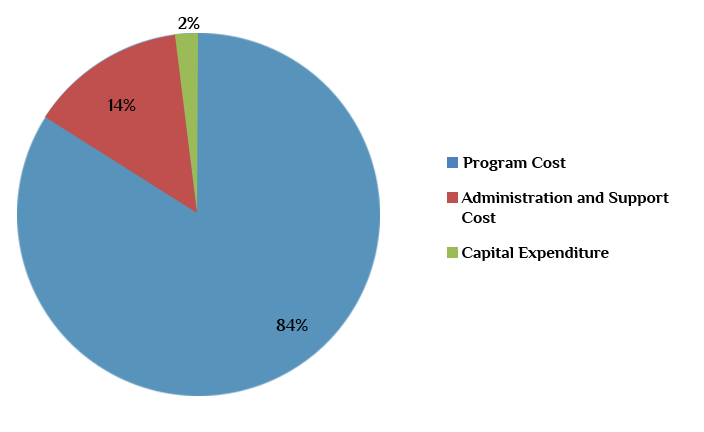Yes! I’d like to help
Support our regular operations
Tax-exempt under Section 80G of the Income Tax Act
Come forward and Contribute
Your contribution will transform lives

HOW YOUR DONATION TRANSLATES INTO ACTION

Creation of Toy Libraries:
It comprises the collection of used and unused toys and moulding them into age-appropriate educational toy kits to create gender-neutral Toy Libraries in anganwadi centres, schools, shelter homes, Panchayat Ghar and observation home to increase the access of toys for underprivileged children, living in vulnerable circumstances across India.
Creation of Safe Playroom:
A well-equipped playroom with appropriate child-friendly infrastructure (Child-friendly furniture- Chairs, tables, cabinets, cupboards and walls) and age-appropriate toys, board games and other educational aids to enable every child to participate in free play and recreational activities, to involve children in mental and physical activities.
Development of Play Curriculum kits:
Activity Modules which focuses on “Learning through Play” is a micro-competency based play curriculum designed for the children studying in anganwadi centres and elementary schools (for 3 to 11 years). The play curriculum focuses on building life skills, language skills, numerical abilities and elements that make children more aware of the environment around them. It would provide specific guidance in selecting appropriate toys and play material that supports early learning and holistic development of the child.
Reduction in Carbon Footprints:
Toys are difficult to recycle; reusing/upcycling is pretty much the only alternative to lessen their environmental footprint. The Toy Bank provides a real solution to this trade-off dilemma by taking gently used toys from those who have no more use for them and placing them into the hands of those in need.
For further information about The Toy Bank’s work and the impact we achieve, have a glimpse at our latest Annual report or read one of our Stories of Change

Program Implementation Cost covers the development and operational cost of the Toy Libraries. It includes creation, implementation, trainings, improving learning level and impact assessments.
Administrative and Support Cost overlays head office cost that includes maintenance, travel, etc.
Capital Expenditure refers to fixed assets like computer, furniture and other office equipments.
WHERE YOUR MONEY GOES

Administrative and Support Cost overlays head office cost that includes maintenance, travel, etc.
Capital Expenditure refers to fixed assets like computer, furniture and other office equipments.

